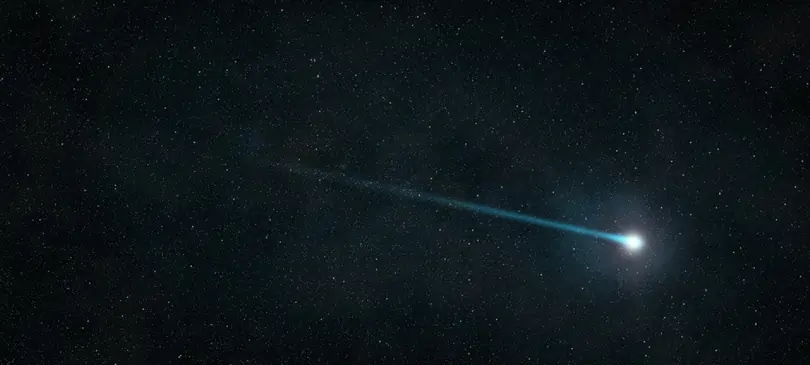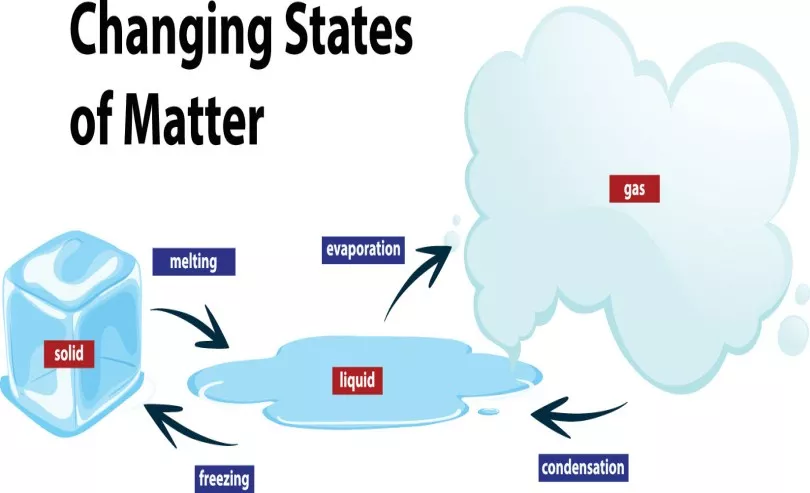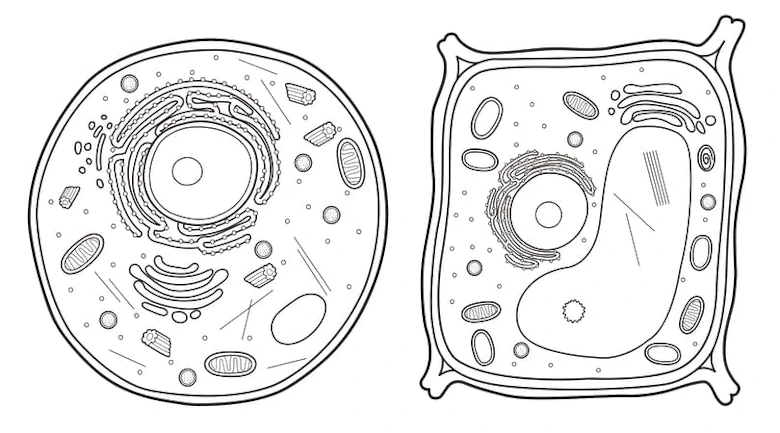What causes a shooting star in the night sky?

The night sky has always captivated humanity's imagination, and one of the most enchanting phenomena it offers is the shooting star. But have you ever wondered, what causes a shooting star in the night sky?
In this article, we'll delve into the science, wonder, and beauty of these celestial events. Join us on this journey through the cosmos.
Basics Of Shooting Stars
Shooting stars, scientifically known as meteors, are streaks of light that appear in the night sky when small particles from space, known as meteoroids, enter Earth's atmosphere. As these meteoroids hurtle through the atmosphere, they heat up due to friction, creating the spectacular glow that we see from the ground.
Atmospheric Entry
The mesmerising display of a shooting star begins when a meteoroid enters the Earth's atmosphere. As it descends through the atmosphere at incredible speeds, friction with air molecules causes the meteoroid to heat up rapidly. This intense heat causes the meteoroid to glow, creating the bright streak of light we observe from the ground. This luminous phenomenon is what we commonly refer to as a shooting star.
Role Of Meteoroids
Meteoroids, which can range in size from tiny grains of sand to small boulders, originate from various sources in our solar system. Some come from asteroids, while others are remnants of comets. When these meteoroids collide with Earth's atmosphere, they become meteors.
Meteor Showers
While individual shooting stars are a captivating sight, they are often part of a larger celestial event known as a meteor shower. Meteor showers occur when the Earth passes through the debris left behind by a comet's orbit. The tiny particles from the comet, mostly no larger than grains of sand, enter the Earth's atmosphere and create a flurry of shooting stars. The Perseids and the Geminids are two well-known meteor showers that stargazers eagerly anticipate each year.
What causes the flash?
The flash of light that we observe when a meteoroid enters our atmosphere is due to its extreme velocity. As it travels through the air, it compresses the air in front of it, creating a high-pressure region. This compression causes the air to heat up and emit light, forming the bright streak we associate with shooting stars.
Importance Of Speed
The speed at which meteoroids enter the atmosphere is a crucial factor in determining the intensity of the meteor shower and the brightness of the meteors. Faster meteoroids tend to produce more brilliant and longer-lasting streaks, making for a more dazzling display.
Why do they disappear?
As meteoroids travel through the atmosphere, they lose mass due to ablation. Ablation is the process of material gradually vaporising from the surface of the meteoroid as it burns up. Eventually, the meteoroid becomes so small that it can no longer produce enough light to be visible from the ground, and it fades away, leaving behind the memory of its fleeting journey.
Shooting Star Varieties
Shooting stars come in various forms, depending on their composition and size. Here are some common types:
-
Perseids
The Perseids are one of the most famous meteor showers, occurring annually in August. They are associated with the debris left behind by Comet Swift-Tuttle. Observers can typically witness dozens of bright shooting stars per hour during the peak of this meteor shower.
-
Geminids
The Geminids are unique among meteor showers as they originate from an asteroid, 3200 Phaethon, rather than a comet. They occur in December and are known for producing numerous bright and colourful shooting stars.
-
Taurids
The Taurids are a long-lasting meteor shower that occurs in late October and early November. They are associated with Comet Encke and are known for producing a higher number of fireball meteors, which are exceptionally bright shooting stars.
-
Leonids
The Leonids are famous for their periodic meteor storms, during which thousands of meteors can be seen in an hour. These storms occur roughly every 33 years and are linked to Comet Tempel-Tuttle.
Mythology And Magic
Throughout history, shooting stars have been the subject of myths, legends, and wishes. Many cultures have associated them with supernatural events or considered them omens. The idea of making a wish upon a shooting star is a tradition that persists to this day, adding a touch of magic to our nightly skywatching.
If you're interested in knowing more about shooting stars, you can read this article next: 'What makes a shooting star glow?.
Frequently Asked Questions (FAQs)
Do shooting stars actually 'fall' from the sky?
No, shooting stars aren't stars at all. They are meteoroids entering Earth's atmosphere, creating the illusion of falling stars.
How fast do meteoroids travel?
Perseid meteoroids, when they're cruising through space, move at an impressive speed. But when they dive into Earth's atmosphere, we start calling them meteors. They zip in at around 60 kilometres per second, compared to our planet. Most of them are tiny, like grains of sand, but you might spot a few as big as peas or marbles.
Can meteoroids survive the journey through the atmosphere?
Most meteoroids completely burn up in the atmosphere due to the intense heat generated by friction. Only larger meteoroids may reach the Earth's surface as meteorites.
What is the best time to observe shooting stars?
The best time to witness shooting stars is during a meteor shower, which can occur at specific times of the year. Check the dates for well-known meteor showers for the best viewing opportunities.


 SG
SG  VN
VN 

















